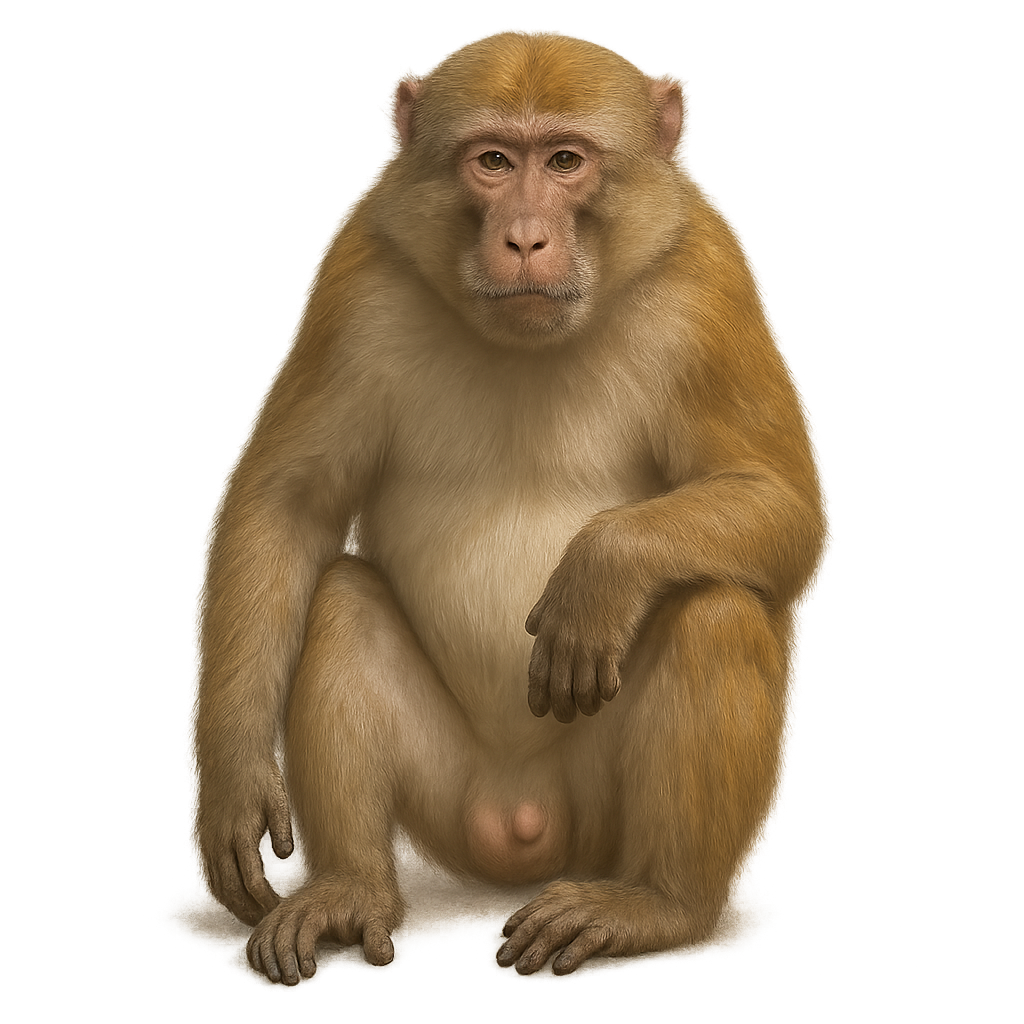Your wildlife photography guide.
Explore the assam macaque in detail, study its behavior, prepare your shots.
Where to observe and photograph the assam macaque in the wild
Learn where and when to spot the assam macaque in the wild, how to identify the species based on distinctive features, and what natural environments it inhabits. The WildlifePhotographer app offers tailored photography tips that reflect the assam macaque’s behavior, helping you capture better wildlife images. Explore the full species profile for key information including description, habitat, active periods, and approach techniques.
Assam macaque
Scientific name: Macaca assamensis

IUCN Status: Near Threatened
Family: CERCOPITHECIDAE
Group: Mammals
Sensitivity to human approach: Suspicious
Minimum approach distance: 10 m
Rut period: October to December
Gestation: 165-174 jours
Births: March to May
Habitat:
Tropical forests, subtropical forests, mountainous areas
Activity period :
Primarily active during the day, with peak activity in the morning and late afternoon.
Identification and description:
The Assam macaque, or Macaca assamensis, is a medium-sized primate native to the forests of Southeast Asia. It is characterized by its gray-brown fur and pink face, often surrounded by a lighter beard of hair. This monkey lives in complex social groups led by a dominant male. It is primarily arboreal but often descends to the ground to forage. An omnivore, its diet includes fruits, leaves, insects, and small animals. The Assam macaque plays a crucial role in seed dispersal, thus contributing to the health of its ecosystem. Unfortunately, it is threatened by deforestation and hunting, leading to a decline in its populations.
Recommended lens:
400 mm – adjust based on distance, desired framing (portrait or habitat), and approach conditions.
Photography tips:
To photograph the Assam macaque, focus on tropical and subtropical forests where it is most active. Use a telephoto lens of 400mm or more to capture detailed images without disturbing the animal. Be patient and discreet, as these primates can be suspicious. Look for moments when they interact in groups, as this can offer unique opportunities for dynamic shots. The natural light of the morning or afternoon is ideal for achieving rich colors and soft contrasts.
The WildlifePhotographer App is coming soon!
Be the first to explore the best nature spots, track rutting seasons, log your observations, and observe more wildlife.
Already 1 430 wildlife lovers subscribed worldwide

